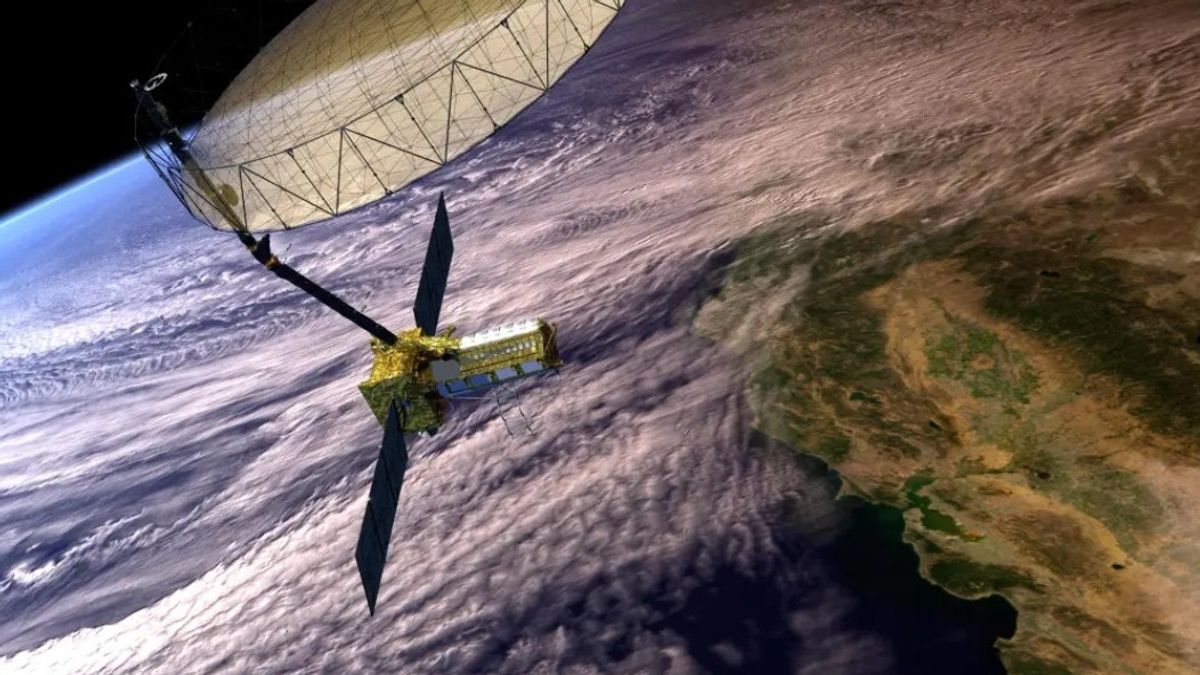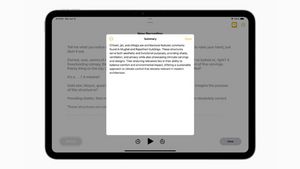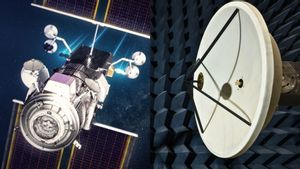JAKARTA NASA-ISRO Synthetic Aperture Radar (NISAR) satellite is nearing completion. NASA is finalizing the fabrication of radar antenna reflectors on NISAR while testing on satellite components. A radar antenna reflector was created to transmit and receive microwave signals, either from or to the Earth's surface. With this reflector, NISAR can scan almost all surfaces on land and ice regions to collect data. NISAR will monitor the Earth's state twice in 12 days. During data collection, NASA and the Indian Space Research Organization (ISRO) will observe the Earth's conditions periodically. The NISAR launch window is set from October to February next year. Unfortunately, NASA and ISRO must change the predetermined launch window. If forced, this period will make NISAR launch fail.
SEE ALSO:
During that period, the sunlight and its shadow will alternate due to the changing position of the Sun. As long as the position of the Sun changes, the temperature will undergo an inconsistent shift. This temperature can rise and fall suddenly. "The launch period will put the satellite in a solar period," NASA said on its official website. "The resulting temperature fluctuations can affect the spread of the boom and reflector of the NISAR radar antenna." NASA did not explain when this Earth observer satellite will be launched. While waiting for the next launch window, NASA will prepare the NISAR component, including its reflector, before being transported to the ISRO facility in Bengaluru, India.
The English, Chinese, Japanese, Arabic, and French versions are automatically generated by the AI. So there may still be inaccuracies in translating, please always see Indonesian as our main language. (system supported by DigitalSiber.id)


















